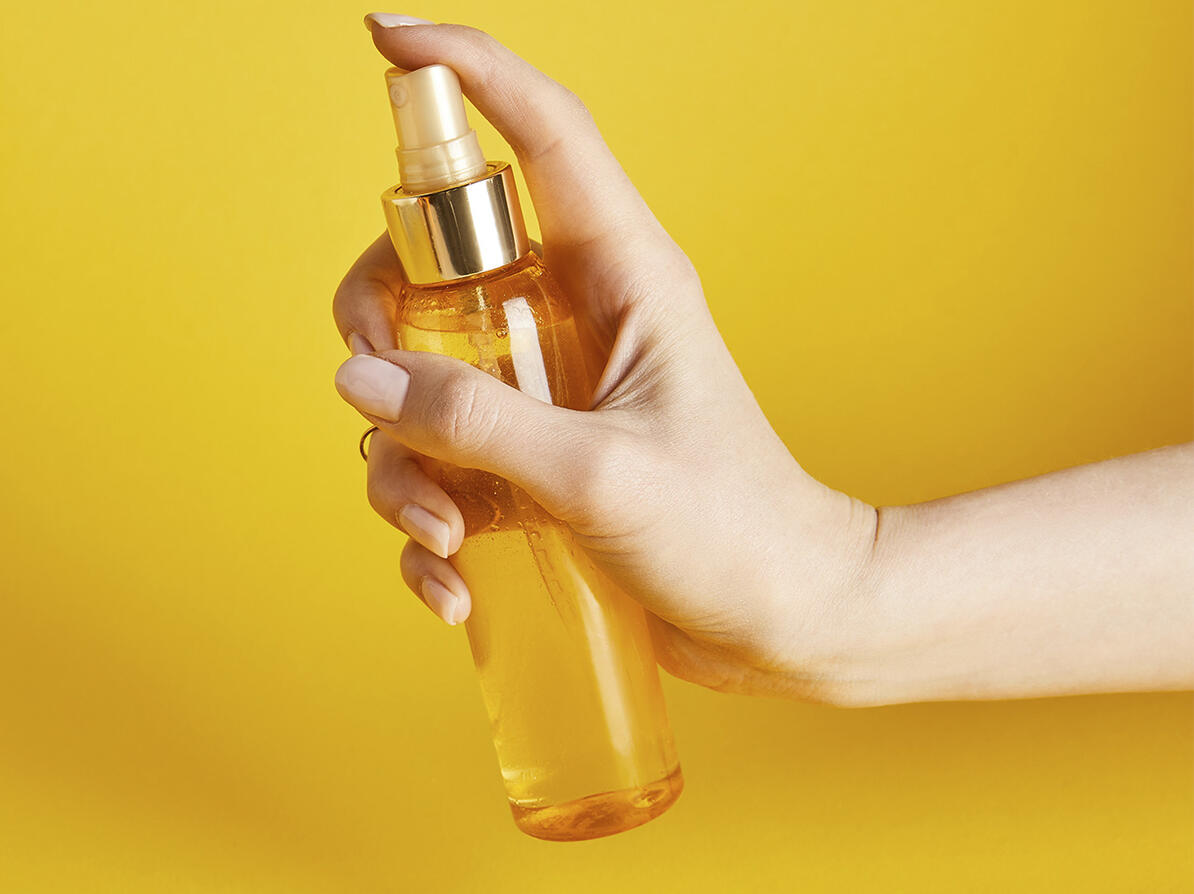Test of chemicals in self-tanners
The test of self-tanners shows that you can find many good choices in the Danish stores. Go for the A-rating if you want to avoid unwanted chemicals in your self-tanner.

Self-tanners: How they work on the skin
You can use a self-tanner to give your skin a beautiful color, even if there is no sun.
Self-tanners work because they contain a substance called dihydroxyacetone (DHA).
The substance reacts chemically with the so-called amino acids that you have in your skin. The tan your skin gets from self-tanners comes from this reaction.
The reaction occurs - as opposed to sunlight - in the outer layers of your skin. Thus, the color does not last as long because you wash off the skin layers over time.
Test: Many self-tanners get an A-rating
In the test, the Danish Consumer Council THINK Chemicals has reviewed 30 self-tanners.
9 products in the test get the best rating A, and are free of unwanted chemistry.
Self-tanners with the A rating in the test are, among other things, free of perfume, allergenic preservatives and substances that are suspected of being endocrine disruptors.
Unwanted chemicals: Self-tanning stays on your skin for a long time
You probably apply self-tanners on a large area of the body and several times. This means that your skin is in prolonged contact with the ingredients in your self-tanner.
The risk is that you absorb unwanted chemicals through the skin. Therefore, you can choose with advantage a product without unwanted chemicals.
The test shows that 8 self-tanners contain substances that are suspected of being endocrine disruptors.
These include the substances parabens, salicylic acid, benzyl salicylate, BHT and ethylhexyl methoxycinnamate.
The cocktail effect: Your total exposure can be problematic
Endocrine disruptors are suspected, among other things, to contribute to reduced sperm quality and early puberty.
However, a self-tanner with unwanted chemicals will not in itself pose a risk. On the other hand, it is the total exposure to problematic chemicals - the so-called cocktail effect - that worries researchers.
The individual product is in itself safe. However, together with chemicals from, for example, the indoor climate, other care products or food, it can cause an exposure that can be problematic overall. Therefore, it is a good idea to avoid unwanted chemicals whenever you can.
Perfume allergy: Pay attention to perfume in your products
Perfume can cause skin allergies. Once you have a perfume allergy, it lasts the rest of your life.
Perfume therefore gives a B-rating, the average rating, in the Danish Consumer Council THINK Chemicals’ test.
Minimize the risk of skin allergies by turning down the amount of perfume in your products.
About the test
-
The Danish Consumer Council THINK Chemicals has selected 30 self-tanners from various Danish shops and webshops.
We have reviewed the products' ingredient lists for the content of substances that may be problematic for health and the environment.
The assessment (A, B or C) has been made in the same way as in the app Kemiluppen provided by the Danish Consumer Council THINK Chemicals.
We have not tested the products for how good they are at making the skin more brown, and we have not done any chemical analysis of the content.
The concentration of the substances is therefore not known. The assessments are solely based on information on ingredients.
We have sent the ingredient lists to the manufacturers, so they could ensure they were correct.
What we found
9 products achieve the best rating A, and are free of unwanted chemistry.
13 products achieve rating B, which means that they are free of a number of problematic substances. However, they contain, for example, perfumes that can be allergenic or substances that can be harmful to the environment.
8 products are rated C, which means that they contain, for example, substances that are suspected of being endocrine disruptors, of damaging fertility or of being particularly problematic for the environment.
In the test, there is a special focus on these substances:
Salicylic acid (salicylic acid) can have several different functions, including as a preservative or skin softener. It is suspected to be endocrine disrupting and to impair fertility.
Benzyl salicylate is a perfume substance. It is suspected to be endocrine disrupting.
BHT is a preservative that is suspected to be endocrine disrupting.
Ethylhexyl methoxycinnamate is a UV filter that is suspected to be endocrine disrupting and can be problematic for the environment.
Disodium EDTA can be problematic for the environment. The substance binds metal ions and protects perfume.
Cyclohexasiloxane is problematic for the environment. Emollient.
Perfume including a number of specific perfume substances such as linalool, benzyl alcohol, benzyl benzoate, citronellol, alpha-isomethyl ionone, geraniol, coumarin, citral, hydroxycitronellal, hexyl cinnamal and limonene can cause allergies.
The more you expose your skin to perfumes, the greater the risk of developing allergies in the end.
Therefore, it is a good idea to limit the exposure to perfume substances. Be aware that eco-labeled products may well contain perfume. If the product bears the allergy label Den Blå Krans or AllergiCertified, perfume is not allowed.
Limonene and benzyl benzoate can also be problematic for the environment.
Bondi Sands:
Bondi Sands states that this is the only product that contains butyl paraben. All their other products are without butyl paraben.
Dennis Knudsen:
HOSC Nordic states that this product has been discontinued from their range at Dennis Knudsen, and the stores are selling out the rest.
Australian Glow Gradual Tanning Lotion:
Matas states that this product has been discontinued, but that there may be products on the shelves in the stores.
Lancaster:
All our products fully comply with EU rules and legislation in each country. We are constantly evolving on our ingredients with regard to your skin and the oceans of the world.
Biotherm and L’Oreal:
Ethylhexyl methoxycinnamate, the EU Commission has initiated a so-called fitness check of potentially endocrine disruptors. In this work, they have prepared priority lists A and B for use by the Scientific Committee. Ethylhexyl methoxycinnamate is on list B. As always, we will relate to the result of this study when it is available. Our products are safe and consumers can use them safely
